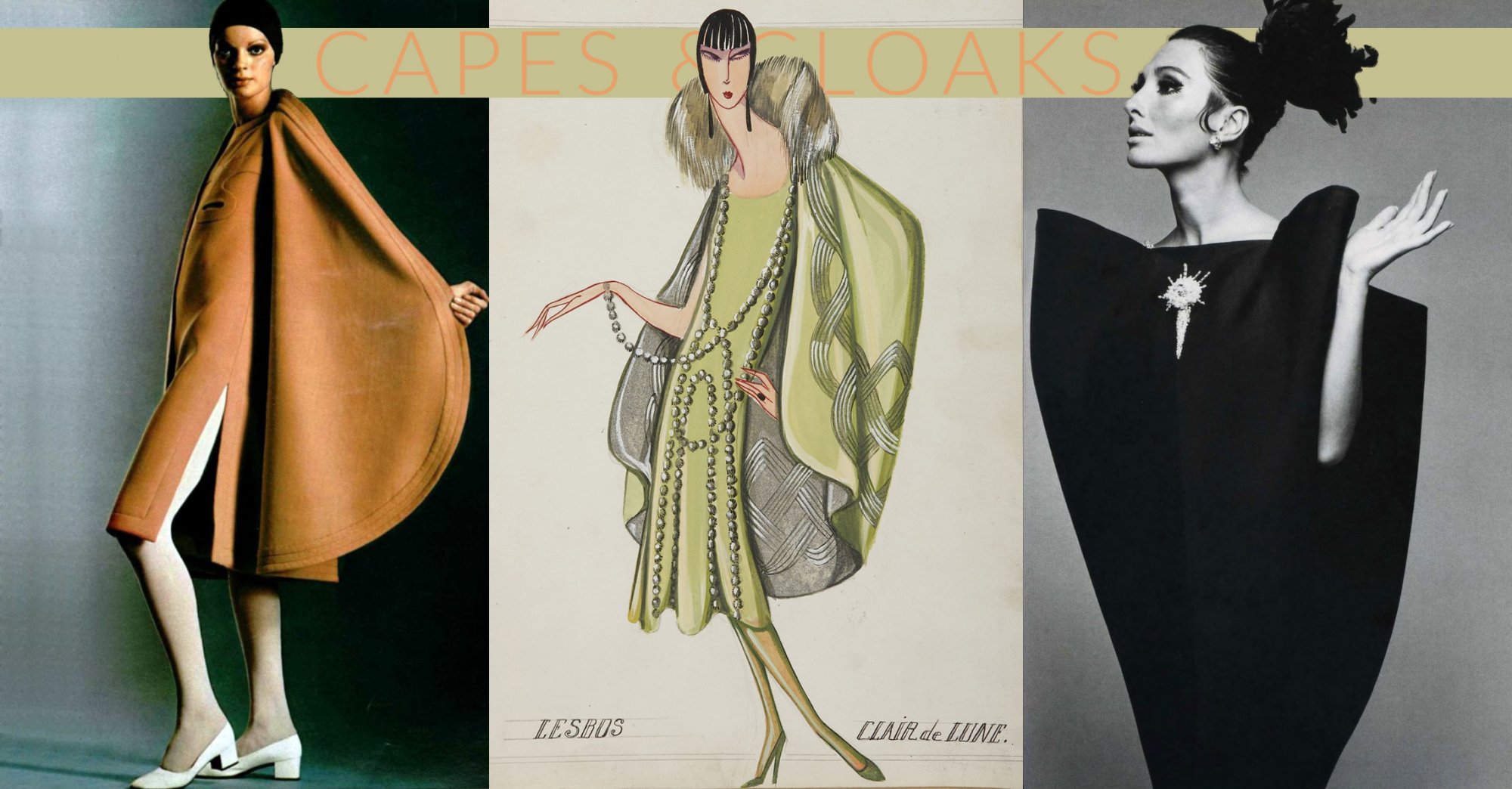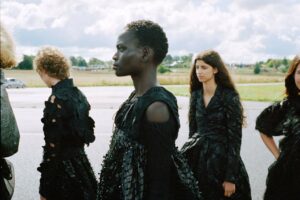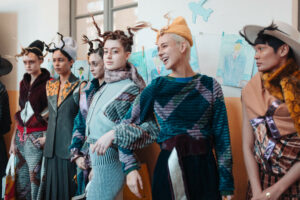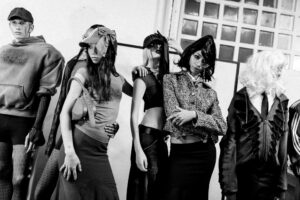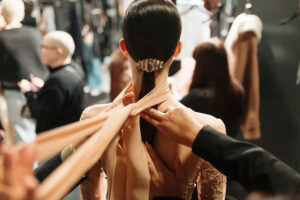How to face this freezing winter days without giving up style? The wonderful models of capes and cloaks that were featured within the latest haute couture and prêt-à-porter fashion shows, seem to have been our salvation! But, did you know that these clothes have accompanied all the historical evolutions of fashion since the VIII century? Capes and cloaks didn’t exist only in the fairy world of princes and princess, but they went down in history. So, if you want to learn more about this dreamy items, don’t forget this unbelievable journey of style throughout all ages.
______
THE ORIGINS
______
The ancestors of our cloak were the Greek himation and the Roman toga. Indeed, big rectangular ankle-length tarps of soft fabric that were perfectly wrapped up around the body. Such clothing was extremely important because, based on the quality of the fabric, the color, the length and drapery technique, it established the status quo of who was wearing it. Smaller cloaks were the Greek clamide and the Etruscan trabea that, thanks to their easy wearability, were mainly worn by soldiers and travelers during their trips. However, in the Roman way of dressing, there was a luxury model of imperial clamide that, because of its preciousness and royalty, was worn only by triumphal war generals or future emperors and empresses. Made of purple silk, gold woven and ankle length, this cloak symbolized the absolute power and the physical reincarnation of God.
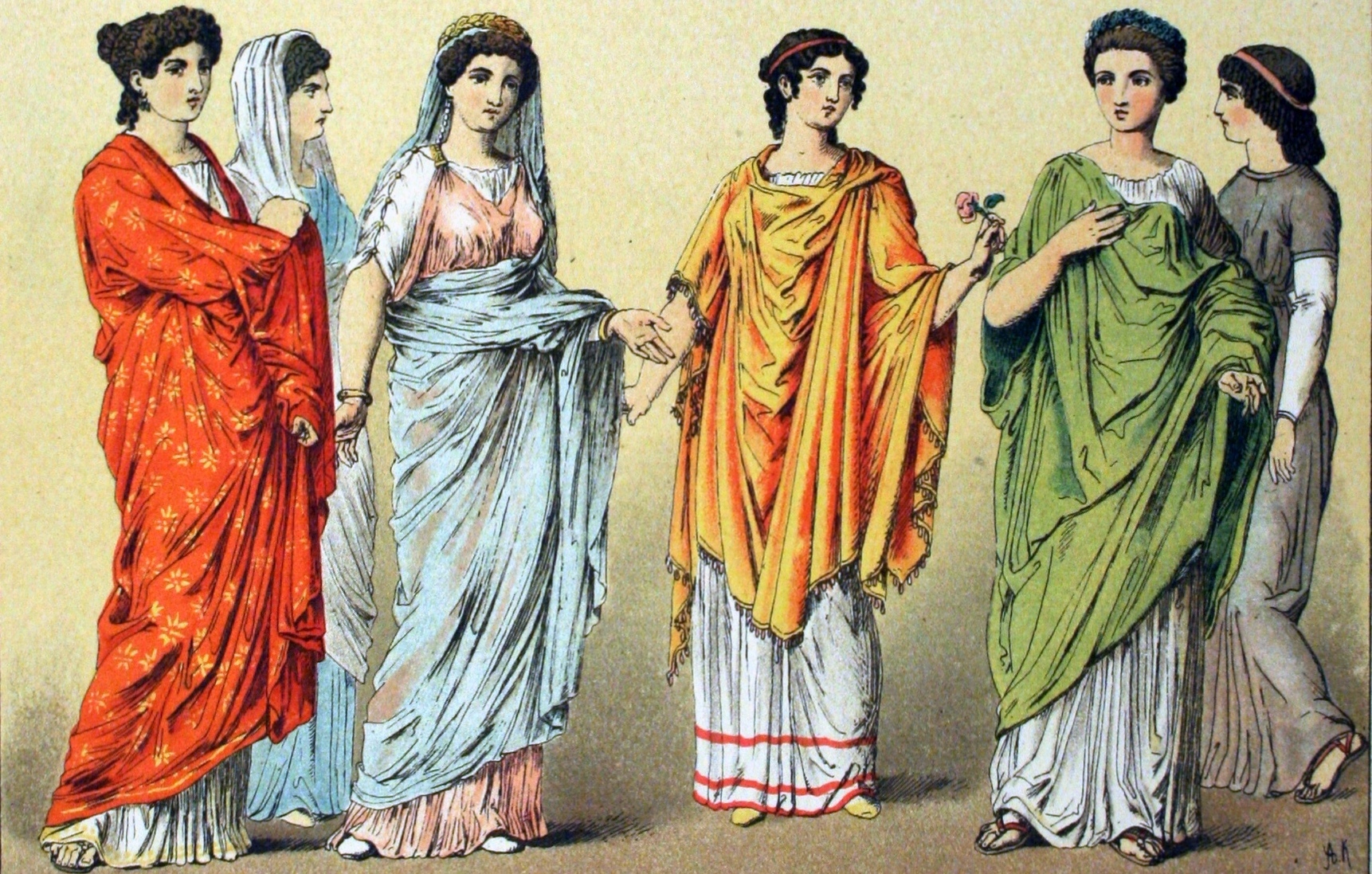
______
THE MEDIEVAL AGE
______
Another type of cloak, worn mainly in the Medieval Age, was the birrus, also known as lacerna, piviale or cape. Made of rough and heavy fabrics, its main function consisted of protecting from bad weather and hiding the person who wore it because of its wide hood. In addition, royal cloaks as well as the middle-classes and merchant ones, became more and more precious and luxurious. The finest fabrics emblazoned with fantasy and colorful details adorned the typical houppelandes which were characterized by wide volumes and long trains.

______
THE ITALIAN RENAISSANCE
______
Also, the Italian Renaissance is remembered as the Golden Age of long cloaks made of gorgeous brocades and floral weaves. Among these there were: the giornea, opened on the side and closed by a belt; the guarnacca, fur or zendado lined with wide and decorated sleeves; and finally, the lucco, made of a long dark or purple fabric and worn by the nobility.
During the XV century, the favorite item of warrior princes and Cavaliers was the cape. An overcoat sleeves-free, similar to the Peruvian poncho, became, at the end of the Medieval Age, the “noble” evolution of a working piece of clothing, called capperrone bassomedievale. Made of silk fabrics, cut in a circle, mid-length and always black, the cape could be elegantly pinned on the shoulder and passed under the other armor bound under the neck with a fur collar.

______
THE XVI AND XVII CENTURIES
______
Between a cape and a cloak, the iconic item of the XVI and XVII centuries was the Venetian tabarro. Because it was worn both by women and men (it belonged to the all social classes) and useful for different kind of occasions (also for the theatrical masks), it had a different kind of models: it could be half cut in a circle, long or short, in cloth or velvet fabric, purple for the Patricians, dark for citizen and merchants and, finally, white with golden and silver embroideries for women. At the end of the XVIII century, the Venetian tabarro was substituted with the paltò, that was considered more suitable according to the style of that period.
Another iconic item of the XVII century was the French cloak, That is a sort of overcoat worn over crinoline clothes and suitable for walks and trips in carriage. A typical feminine item, this cloak could present a few variations such as the mitiga, the mantellina and the pellegrina but with same characteristics in terms of volume, length, bright colors, swollen sleeves, hood, gatherings and ribbon ties.

______
EARLY 1900
______
At the beginning of the 900s, traditional models of capes and cloaks were definitively reinterpreted. The new lifestyle and the new forms of entertainment such as ballet, theatre and cabaret had a strong influence on the fashion of the period. The French designer Paul Poiret, was the first who created a new dress-cloak playing with soft fabrics and liberty-style floral motives. Inspired by the Oriental culture and the Russian ballet, these garments had wide-kimono sleeves, fur borders, colorful feathers, silk sashes and big buttons. In 1911 Poiret created a dashing velvet model, named Batik and in 1919 he designed his first ethnic tippet, called Tanger.

______
THE ’20s
______
Again, during the XIX century, the couturier Mario Fortuny reinvented the cape-coat using a kimono velvet dress, with straight lines and Renaissance decorations. He designed also the Knossos model, a special tippet similar to the traditional sari because of the lightness of the fabric that leaned softly on the female body enhancing its shapes. Thanks to its incomparable elegance, it became theatre actresses and ballerinas’ most beloved item.
During the ’20s French designer Jeanne Lanvin dedicated a huge study to the creation of cape-coats and tippets. Among the most beautiful models, we remember the Egg-shaped one, realized in 1926, in black velvet fabric with white fur borders and pink and silver pearls embroideries; and the organza fabric one, realized in 1935, with embroidered borders.

______
THE ’30s
______
The ’30s were fundamental years for the clothing industry because fashion photography was born. In 1932, the red short quilted tippet by Elsa Schiaparelli was photographed by Barone de Meyer obtaining a huge success. The designer dedicated most part of her career creating cape-coats always in news shapes as her collection Astrologie can demonstrate. Indeed, it included models that still remain a point of reference in today’s fashion industry. For instance, it is worth to remember the famous Glass Cape model, realized in 1935, made of synthetic material.

______
THE ’40s AND ’50s
______
Later on, during the mid-’40s, other important names of the haute couture world such as Balmain, Balenciaga, Dior and Madame Grès designed new models of cape-coats as an accessory that could be matched with elegant suits, balancing the female silhouette in a classy and sophisticated way.
In the ’50 the cloak lost, almost completely, its dramatic and fairy charm and became a more modern item with romantic allure. Beautiful is the one made by Jacques Fath, who created in 1955 a white triple pleated tippet to wear over a party dress.

______
THE ’60s
______
The ’60s revealed a series of geometric and essential-lines models of cape-coats and tippets, as established by the aesthetic mood of that period. Designers such as Paco Rabanne, Cappucci, Marucelli and Sorelle Fontana chose a bell-shaped and a more comfortable knee-length. In 1965 Emilio Pucci designed a big but light colorful cape-coat with a hood and decorated with print details. In 1966 The Lord&Taylor chain produced a gold brocade tippet with a hood and, in 1967, Yves Saint Laurent created a total black velvet model. In 1969 Emanuel Ungaro designed a Sangallo lace tippet with trimmed ping pong bolls applications to match with similar shorts and a metal bra.

______
THE ’70s
______
The young soul of the ‘70s and the birth of the ethnical-chic period saw the rise of popular, ethical and folklorist traditional cloaks: models such as the Peruvian poncho, hand-made wool shawl and tissue-cut tippet filled up the catwalks.

______
THE ’80s
______
The ’80s, instead, were a very weak period for cape-coats and tippets. They mainly became the object of research for Japanese designers such as Yohji Yamamoto, Comme des Garçon e Rei Kawakubo.

______
THE ’90s AND NOWADAYS
______
But, during the ’90s, cape-coats started to reappear within the collections of designers such as Giorgio Armani, John Galliano and Jean Paul Gaultier.

Furthermore, in recent years, they had a strong comeback becoming a must-have accessory for lots of women. Avant-garde reinterpretations that play with tradition, modernity and high-tech materials are included in the creations of nostalgic designers who pay homage to that princely world and fantasy atmosphere letting themselves been driven by all the emotions, imagination and charm that cape-coats still bring to life.



